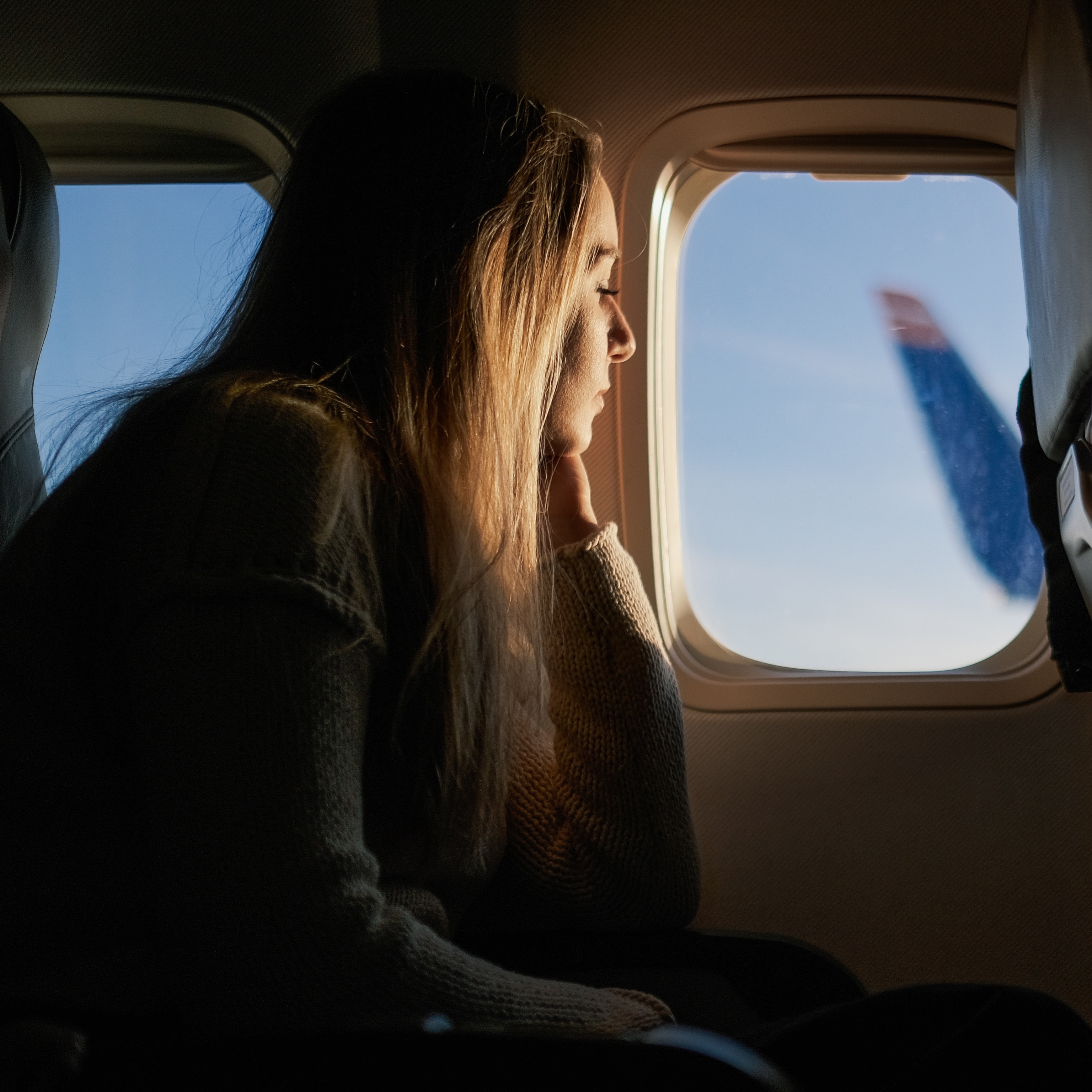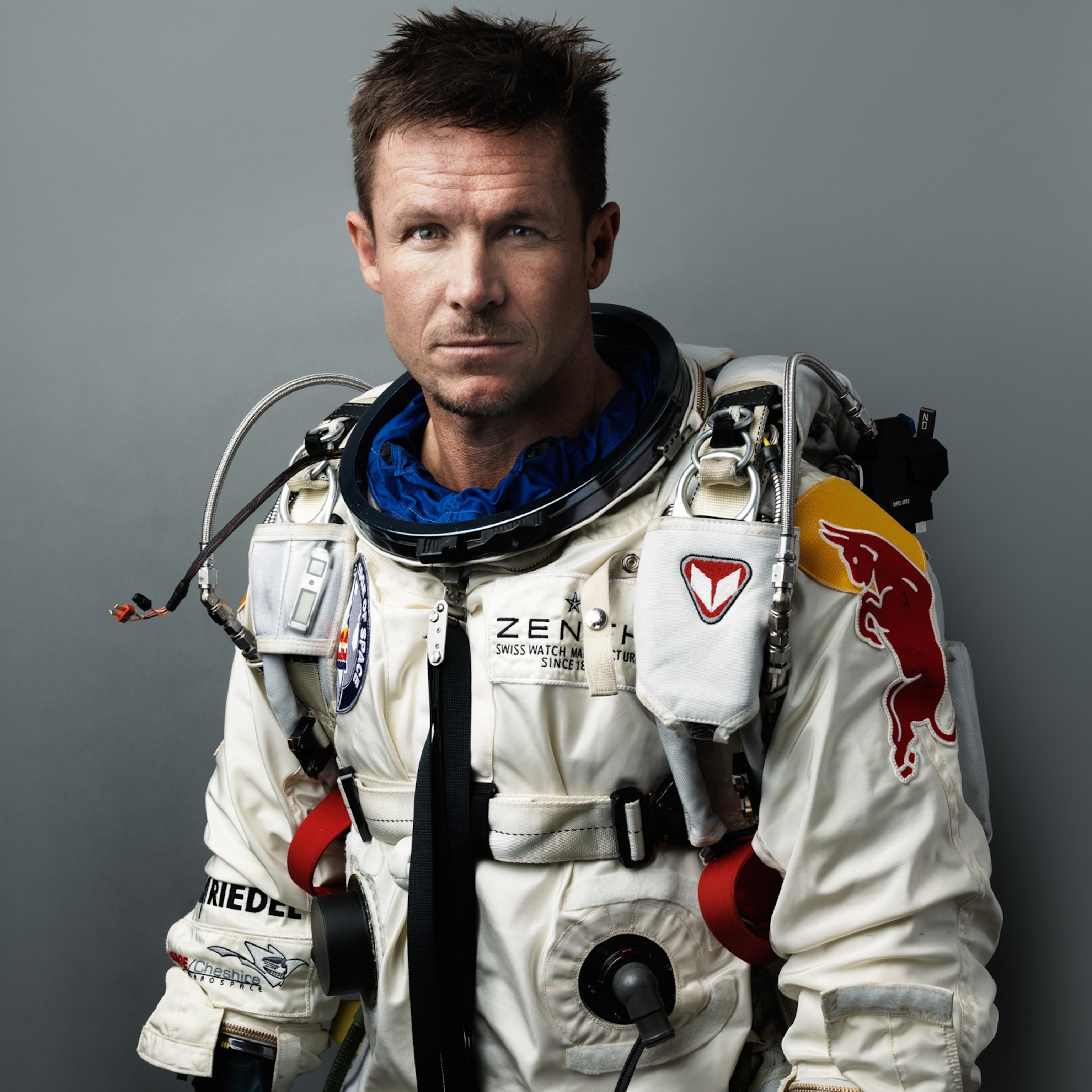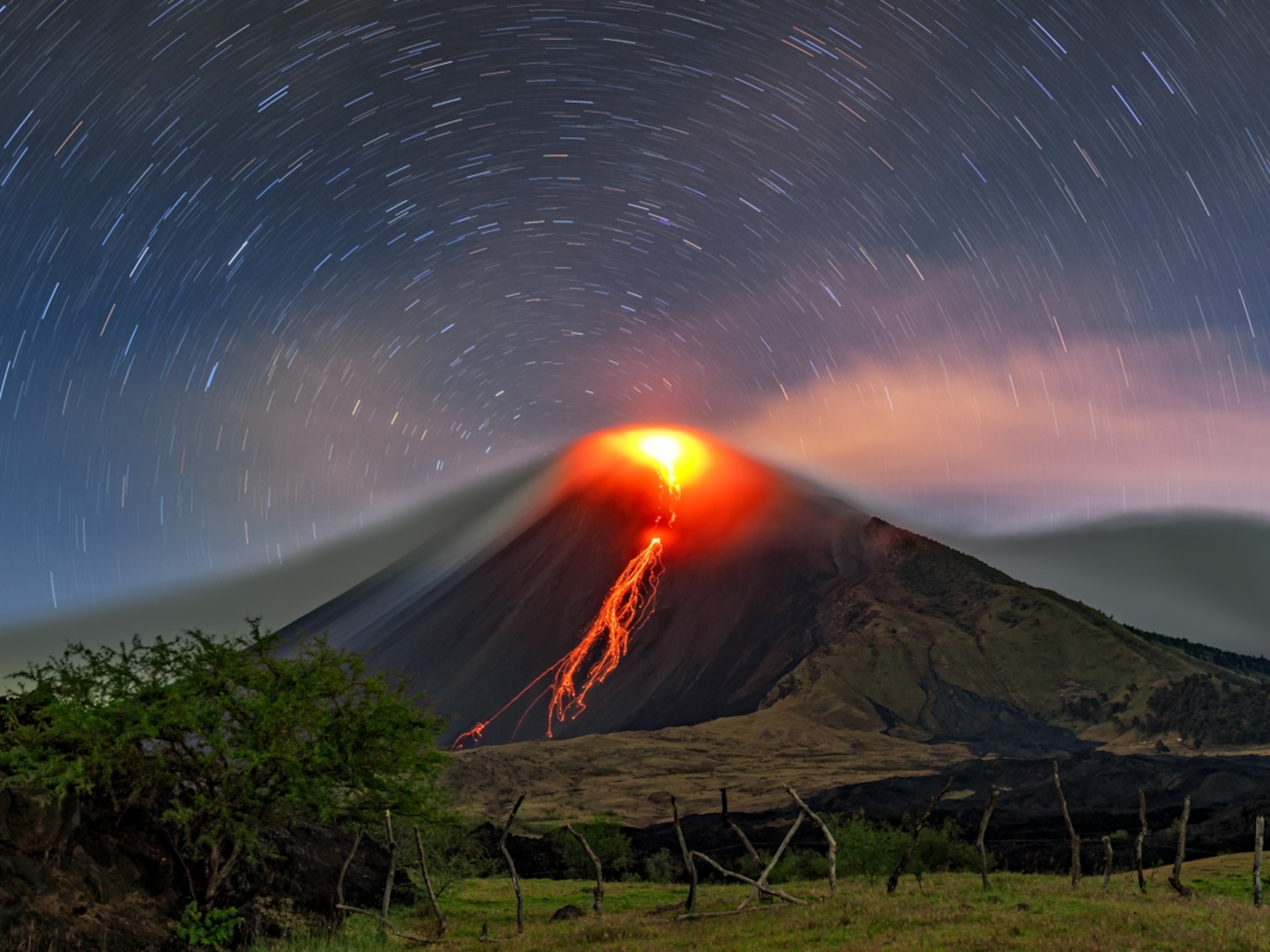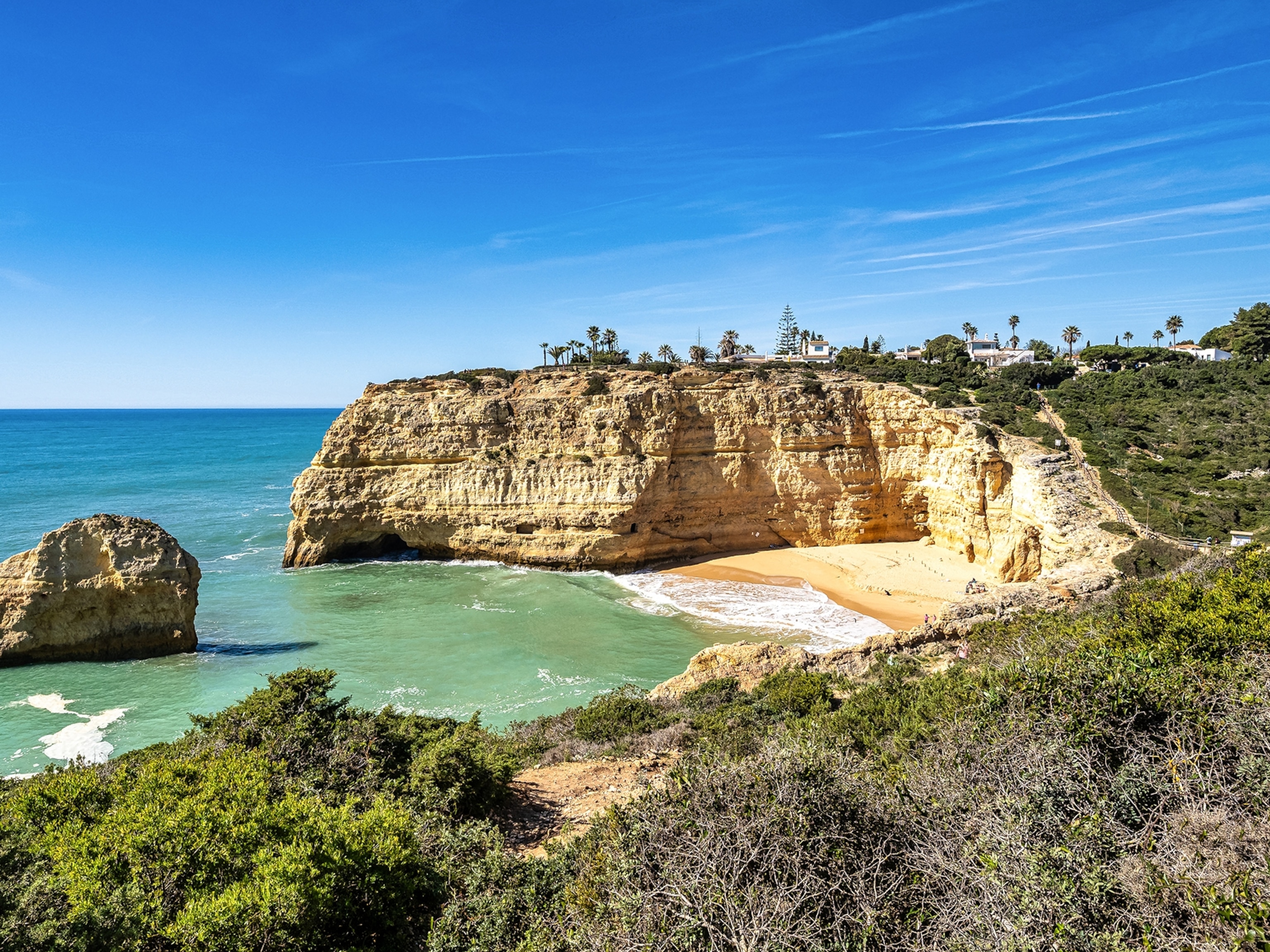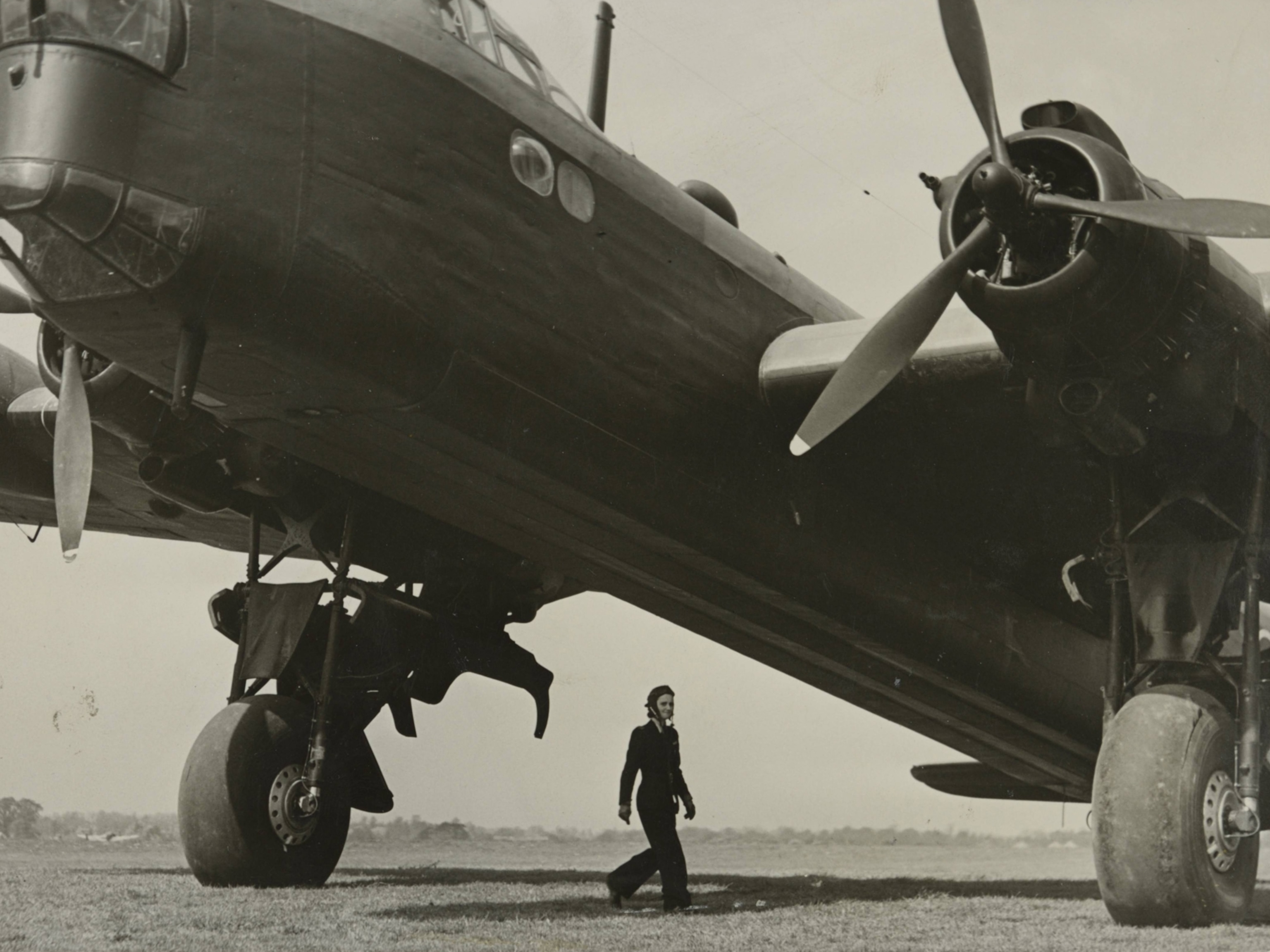
After Crossing Pacific, Record-Setting Balloonists Land Off Baja Coast
Two pilots make second Pacific crossing in a helium-filled balloon and unofficially achieve new world records for distance and duration.
This story was updated at 1 p.m. on Saturday, January 31
The Two Eagles helium-filled balloon has landed safely some four miles off the coast of the Baja Peninsula, Mexico, becoming the second vessel of its kind to successfully cross the Pacific Ocean.
In doing so, pilots Troy Bradley, of Albuquerque, New Mexico, and Leonid Tiukhtyae of Moscow, Russia, have also achieved unofficial world records for distance traveled and duration aloft in a gas-filled balloon.
“These records are the holy grail of gas ballooning,” said Steven Shope, director of the Two Eagles mission control in Albuquerque, New Mexico. “They didn’t just break them. They shattered the distance record by 27 percent and the duration record by 17 percent. Those previous records had stood for over 30 years.”
Moving at the speed and caprice of wind, it took them 160 hours and 37 minutes to cover the 6,646 miles (10,696 kilometers).
Prior to the Two Eagles’ flight, the distance record for a gas-filled balloon was 5,208 miles, set in 1981 during the first trans-Pacific balloon flight. A duration record of 137 hours, 5 minutes, and 50 seconds was set in 1978 during the first trans-Atlantic balloon flight.
Gas-filled balloons are distinct from hot-air balloons, which have never made that trip. (Read about the history of hot-air balloon crashes.)
The original plan was for a beach landing, but a strong south wind took hold of the Two Eagles and carried it parallel to the coast.
The pilots dumped helium to drop the balloon to an altitude just above the ocean. Then they released two 150-foot hemp trail ropes into the water to create drag and slow their forward motion. They were traveling around two knots when they touched down at 9:01 a.m EST Saturday morning, more than six days after launching from Saga, Japan.
Friends and family at the Two Eagles Mission Control, in Albuquerque, New Mexico, erupted in cheers and relief that Bradley and Tiukhtyaev were now safe.
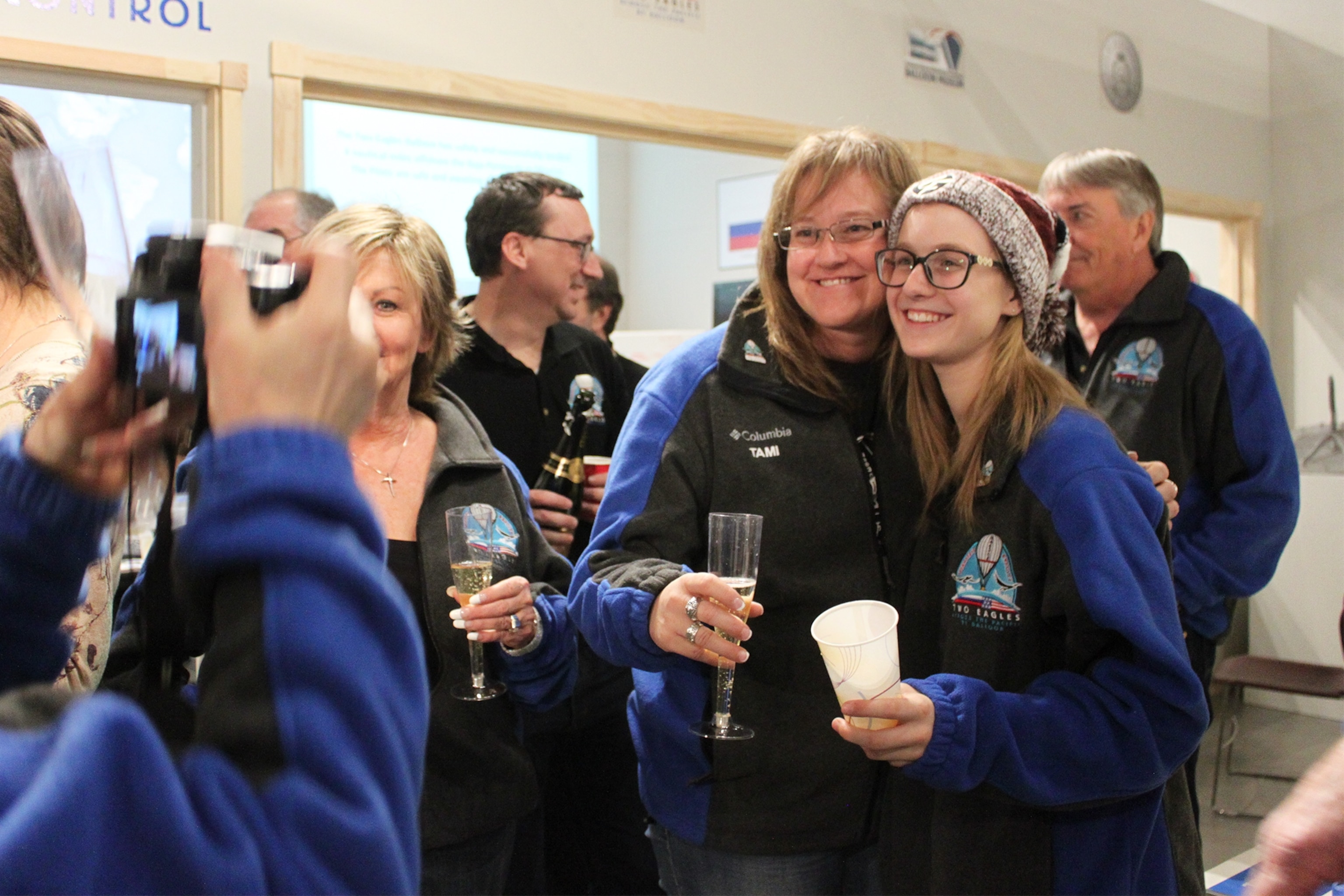
A recovery team in boats immediately launched from a fishing camp northwest of La Poza Grande—about 300 miles north of Cabo San Lucas—to greet Bradley and Tiukhtyaev. Richard Berry, the mayor of Albuquerque, the ballooning capital of the world, was on location in Baja to congratulate the pilots after their exhausting flight.
The two new records are now pending thorough review by the Fédèration Aéronautique Internationale (FAI), an international regulating organization.
In 1981 the helium-filled Double Eagle V became the first balloon to cross the Pacific Ocean. Operated by a four-man team that included Albuquerque-based balloonists Ben Abruzzo, Ron Clark, Larry Newman, and Hiroaki “Rocky” Aoki from Japan (he later gained fame as founder of the Benihana restaurant chain), the Double Eagle V lifted off in Nagashima, Japan, and traveled 5,208 miles (8,383 kilometers) over three and a half days before landing in Mendocino National Forest in California.
Three years earlier, Abruzzo, Newman, and Maxie Anderson, another Albuquerquean, had crossed the Atlantic Ocean in the Double Eagle II gas balloon, setting a duration record for longest flight with a time of 137 hours, 5 minutes, and 50 seconds.
Over the past week, Bradley, 50, and Tiukhtyaev (two-kh-TIE-yev), 58, have lived in an enclosed capsule that's smaller in area than a king-size bed and that has a five-foot ceiling.
Balloons, whether filled with gas (typically helium), hot air, or a mixture of gas and air, operate only by their capability to gain or lose altitude. Otherwise, it’s up to the wind to propel the balloon forward. Charting a course and reaching a destination in a balloon is a challenge that brings together aeronautical science and adventure.
Here are some questions and answers about the Two Eagles's journey and about ballooning more broadly:
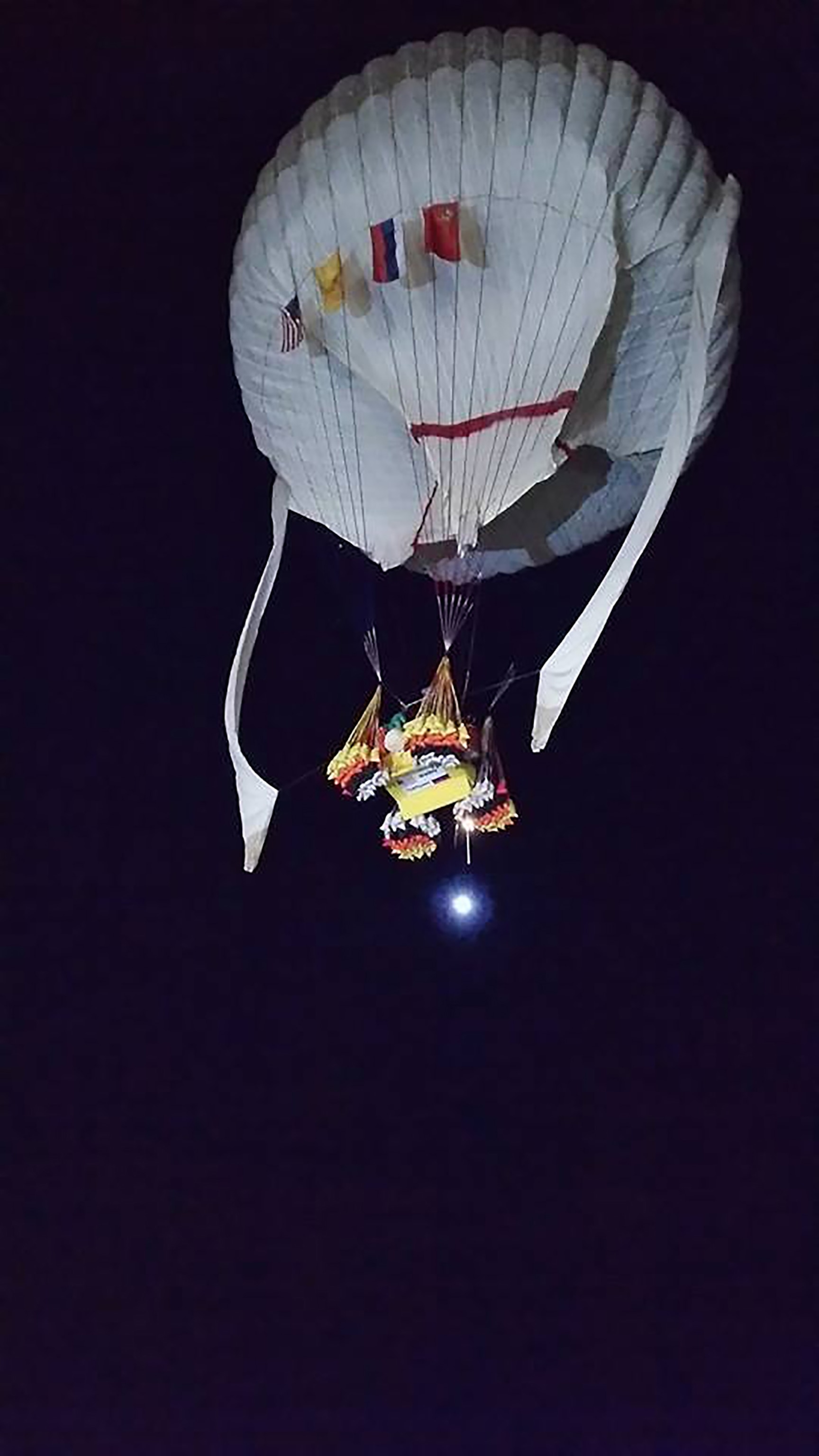
Who are these guys?
Troy Bradley is one of the most accomplished balloonists in the world, with more than 60 world ballooning records and some 6,200 piloting hours under his belt. In 1992, he made the first U.S.-to-Africa balloon flight. He is a recipient of the Montgolfier Diploma, which recognizes exceptional skills, and he is a past president of the Balloon Federation of America.
Leonid Tiukhtyaev is a chairman of a major Russian bank and the current president of Russia’s balloon federation. Like Bradley, he also has many piloting hours and awards to his name, including eight world records.
Bradley has been planning a trans-Pacific flight for over seven years. In fact, seven years ago Bradley had equipment brought to Japan to begin staging a trans-Pacific flight. The weather didn’t cooperate, however, and the attempt was scrubbed.
In the interim, Tiukhtyaev and Bradley would often rendezvous at international meets. Tiukhtyaev would ask Bradley about how his Pacific-crossing project was coming along. Eventually, Bradley invited Tiukhtyaev to join him as his partner.
Haven’t balloons already flown around the world?
Yes, but the only balloons to make it around the world have been Rozière balloons, a type of hybrid balloon that relies on both lifting gas (typically helium) and heated air. Bertrand Piccard and Brian Jones were the first team to travel around the world in a Rozière in 1999. Steve Fossett became the first person to do it solo in 2002.
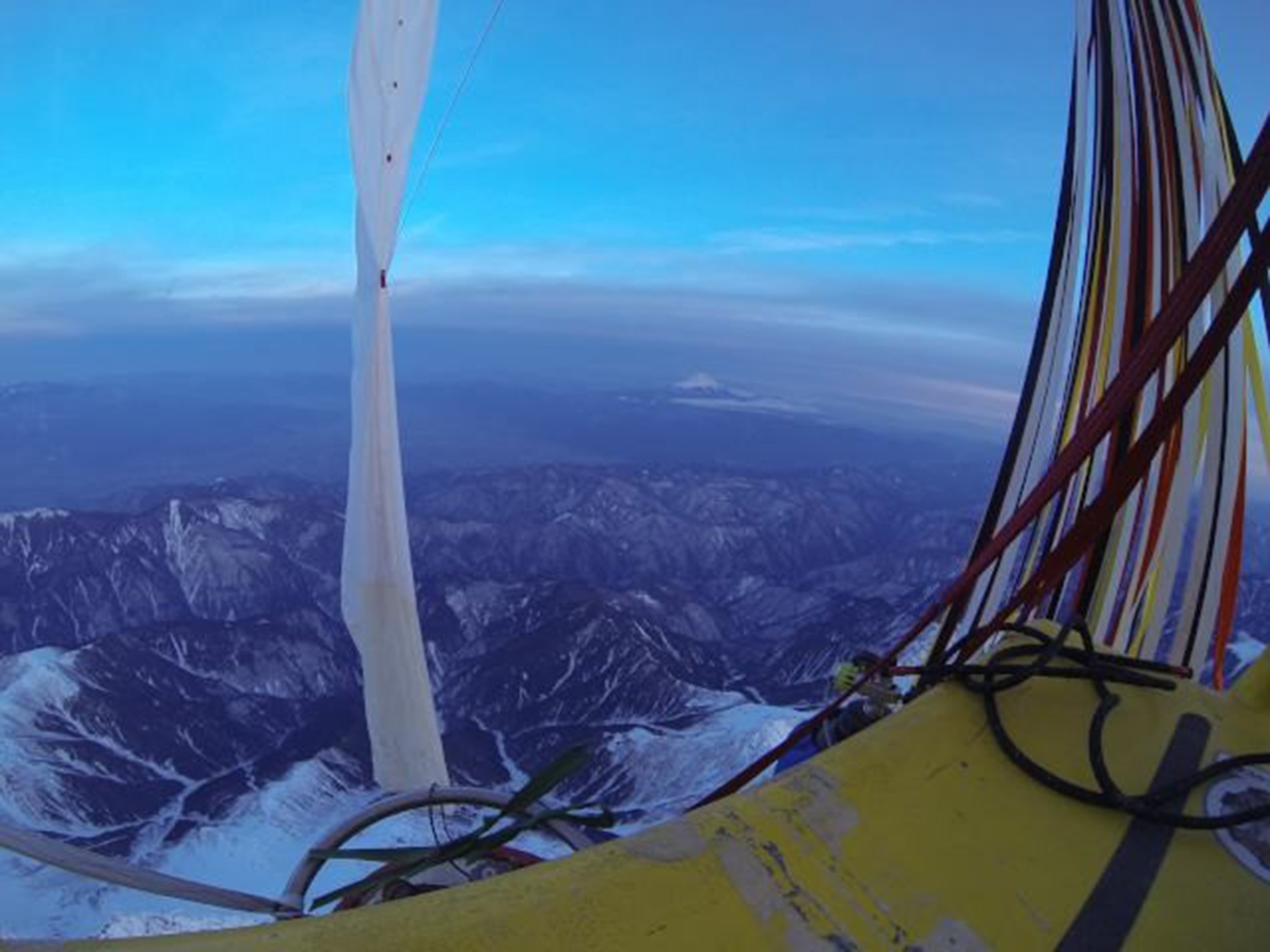
Rozières contain a partitioned chamber at the top of the balloon that's filled with helium, while the lower chamber is heated by propane burners. This hybrid design affords the pilots greater control over their altitude, while yielding more efficient fuel consumption and therefore longer durations of flight.
The classic gas-filled or hot-air balloons demand more finesse to operate, intensifying the experience while harkening back to the older days perhaps best captured in Jules Verne’s classic tale Around the World in 80 Days.
When did people start ballooning?
Balloons were the first vessels used for human flight. While small, unmanned hot-air balloon lanterns can be traced back to ancient China, using balloons to transport humans began in France 1783.
In a romantic tale that smacks of Newton’s “discovery” of gravity after he was struck on the head by a falling apple, Joseph-Michel Montgolfier was supposedly sitting by his fire in his home of Avignon in 1782, watching embers rise off the flames. He theorized that this rising smoke contained a special property, which he dubbed “levity,” and wondered if it could be harnessed. (Another parallel theory described the rising property of smoke as “phlogiston,” an element released only through burning. Both theories are now obsolete.) Montgolfier and his brother, Jacques-Étienne, both paper-makers, began experimenting with capturing this heated gas within paper and cotton sacks, and the brothers are credited with inventing the hot-air balloon.
In a demonstration at Versailles before King Louis XVI and Queen Marie Antoinette on September 19, 1783, the brothers tested their invention by sending a sheep, a duck, and a chicken into the air. The flight lasted about eight minutes, covered a distance of nearly two miles, and reached an altitude of 1,500 feet. When the animals returned to the ground unscathed, the next obvious step was to send up a human.
King Louis gave that honor to two dignitaries: Jean-Francois Pilatre de Rozier and the Marquis Francois d’Arlandes. Using a Montgolfier balloon, Pilatre de Rozier and d’Arlandes launched on November 21, 1783, before an audience that included King Louis and Benjamin Franklin. Their flight lasted about 25 minutes, gained 3,000 feet of altitude, and flew nearly 5.5 miles to the outskirts of Paris. They toasted with champagne upon landing, a tradition that continues among balloonists today.
What is the difference between a hot-air balloon and a gas balloon?
Both types of balloons rely on buoyancy to gain altitude. That buoyancy is created by filling the “envelope” of the balloon with a substance that is less dense than the surrounding air. Helium and hydrogen, for instance, are naturally less dense than our atmosphere. When heated, air loses density because it expands and therefore contains less mass per volume.
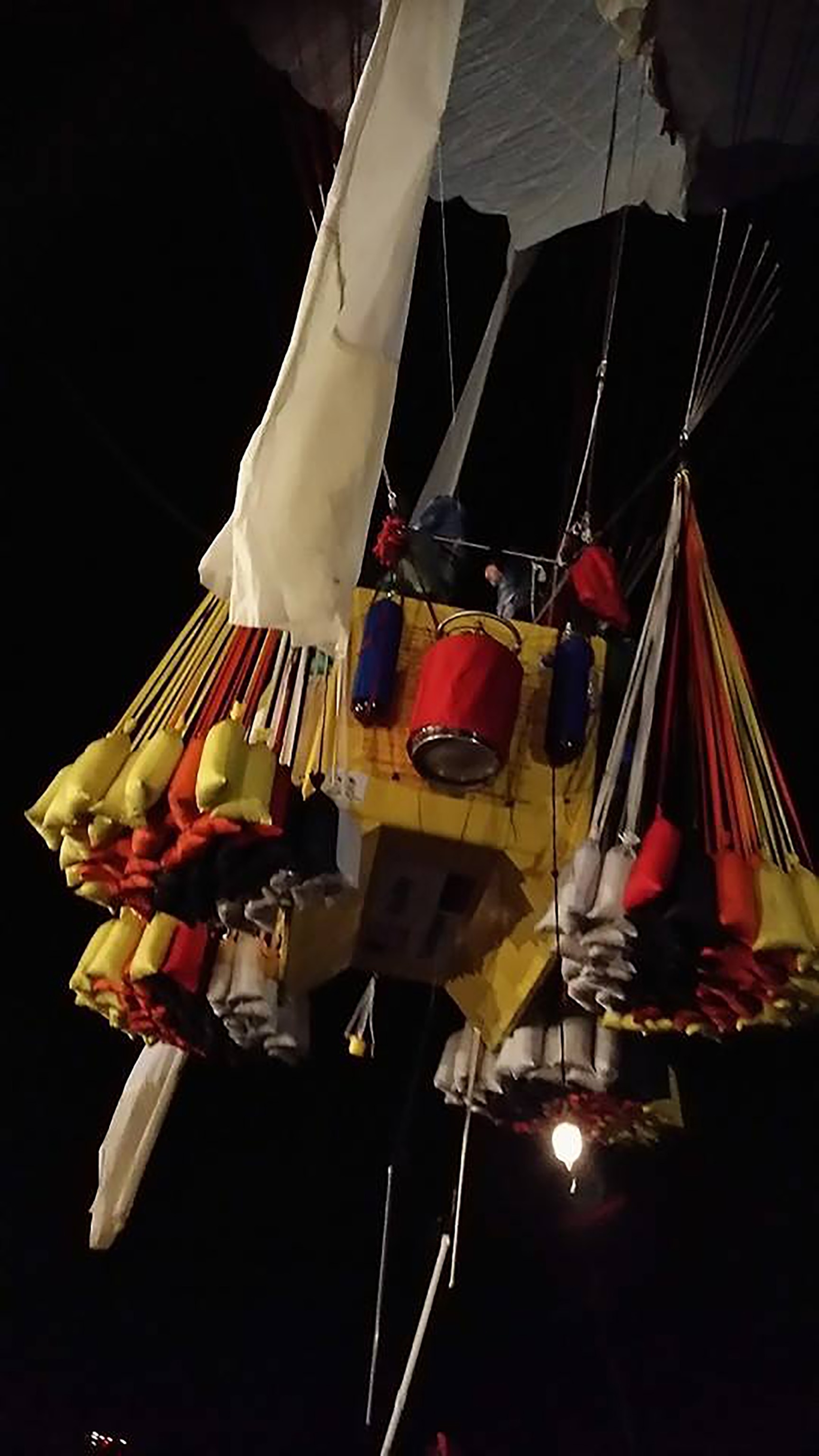
Aside from the contents of the balloon’s envelope, the main difference between hot-air and gas balloons have to do with logistical operation. With hot-air balloons, gaining altitude is simply a matter of firing up a propane burner. Losing altitude, on the other hand, is done by letting the air cool. The duration that hot-air balloons can stay aloft is a result of how much propane is carried on board.
Gas balloons such as the Two Eagles are filled up with a gas of choice—in this case, helium—only once, at the beginning of the journey. Altitude is controlled using ballasts, which are bags of sand (or sometimes water) hanging off the side of the capsule. Jettisoning the ballasts makes the balloon weighs less, so it rises. Descent is achieved by opening a valve at the top of the envelope and releasing helium.
Why did they choose January to cross the Pacific?
The Two Eagles team has employed the expertise of Belgium-based Luc Trullemans, one of the world’s most decorated meteorologists when it comes to reading complex weather patterns and navigating balloons across long distances.
According to Trullemans, a reliable west-to-east trans-Pacific jet stream is usually found in January and February. These jet streams, or trade winds, have to do with many factors including the tilt of the Earth, its rotation, and just how the patterns are manifesting in any given year. Beyond those factors, the goal is to find an eastward-moving, low-pressure weather window that is located between two fronts.
The sweet spot for launching is found in a system that won’t move the balloon too fast and thus send it careening into the bad weather ahead, nor move too slow and allow bad weather to catch up.
How do these balloonists steer themselves in the right direction?
Only the wind propels a balloon. And winds travel in different directions, at different speeds, and at different altitudes. The main job for Tiukhtyaev and Bradley was to access those favorable wind directions and speeds by changing their altitude, either by jettisoning one of their 287 ballast bags (a total weight of 11,500 pounds [5,216 kilograms]) or by releasing helium from a valve atop the balloon.
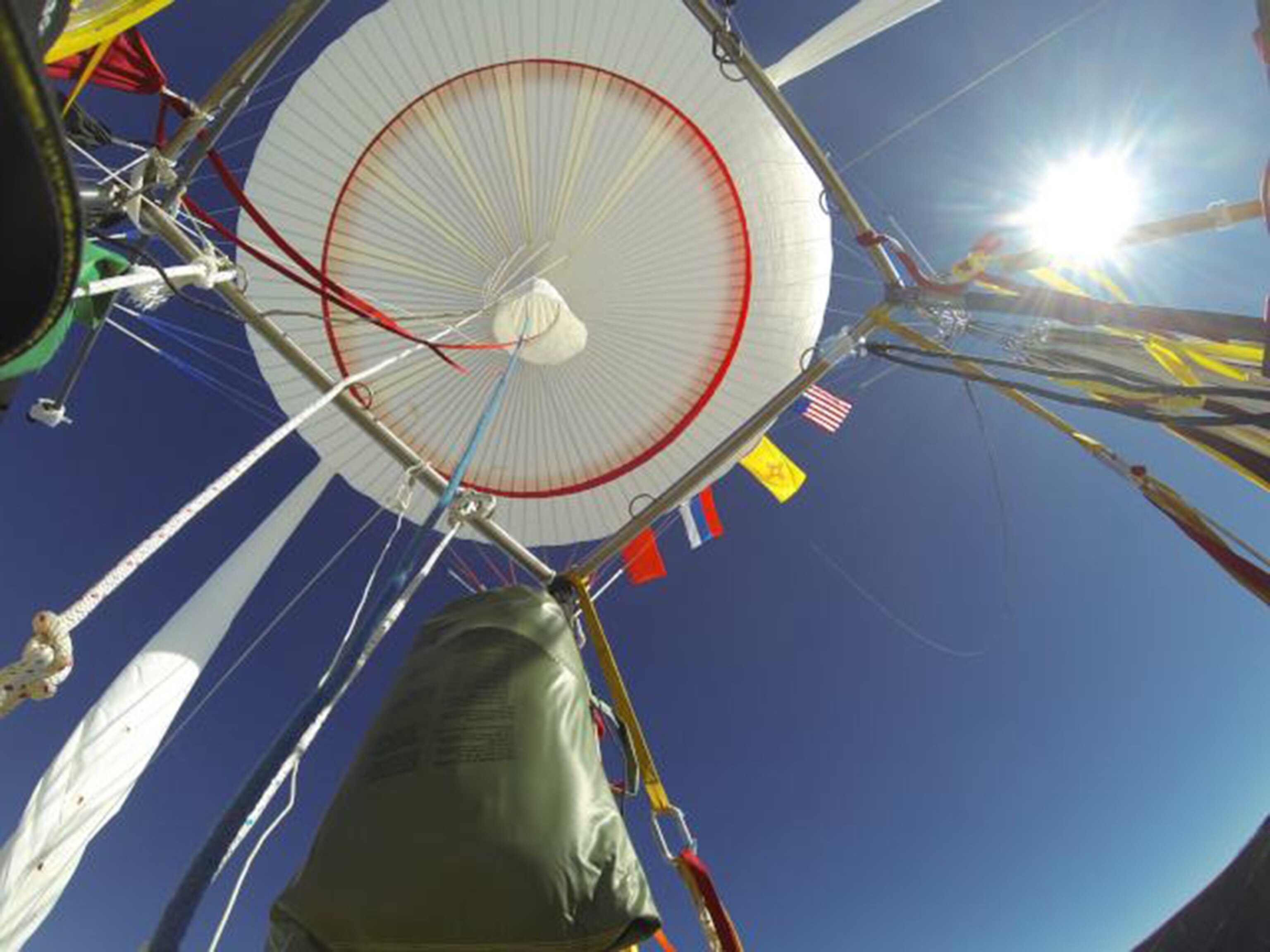
Using the latest technology, they were in constant communication with their team of scientists and experts in Albuquerque, who worked around the clock to analyze changing weather data and make adjustments to their calculations. At least six people were always at mission control, analyzing data in real time and providing the best route to the pilots. With the best routed identified, it was the pilots’ job to steer their vessel onto that path.
What does this mission mean beyond simply achieving a ballooning record?
The Two Eagles has partnered with Spidertracks, a company dedicated to increasing safety and tracking in aviation, and is working to improve the technology behind tracking flights. Also, both pilots were monitored and studied to help scientists better understand how the human body responds to living in an unpressurized capsule at altitudes upward of 30,000 feet.
Finally, both pilots have said they hope this mission inspires a younger generation to combine science, technology, and adventure.
